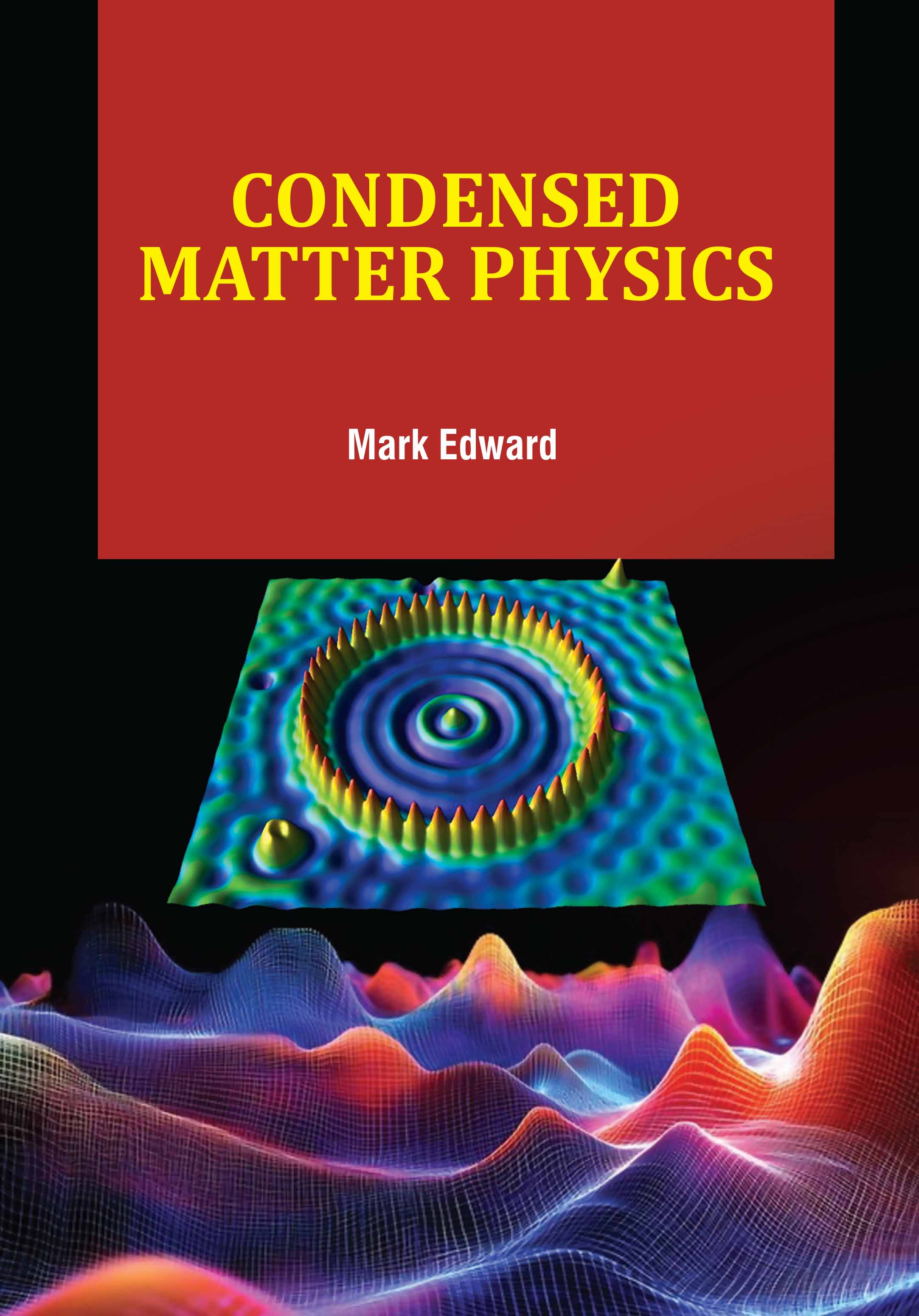About This Book
ORE GEOLOGY
AND
MINING GEOLOGY
Dean Michael
Ore Geology and Mining Geology is a branch of Earth sciences that focuses on the formation,
distribution, and extraction of mineral resources found within the Earth's crust. Ore geology studies how
valuable minerals like gold, copper, iron, and uranium form through natural geological processes such as
magmatism, metamorphism, and sedimentation. These processes lead to the concentration of minerals
in economically viable quantities, called ore deposits. Understanding the genesis and structure of these
deposits helps geologists identify areas with high mining potential. Mining geology, on the other hand,
applies geological knowledge directly to the mining process. It involves exploration, mapping, and
evaluation of mineral resources to assist in efficient and sustainable extraction. Mining geologists work
closely with engineers to plan excavation, minimize waste, and assess the environmental impact of
mining activities. Techniques such as core drilling, geophysical surveys, and geochemical analysis are
used to gather subsurface data. Together, ore geology and mining geology play a crucial role in meeting
global demands for metals and minerals, which are vital for construction, technology, and
manufacturing. With advancements in remote sensing and digital mapping tools, the future of ore and
mining geology promises greater precision, reduced environmental damage, and more responsible
resource management. Ore Geology and Mining Geology explores the origin, classification, exploration,
and extraction of mineral deposits essential for modern industry and infrastructure.
Contents: 1. Introduction, 2. Ore Geology, 3. Mineral Exploration, 4. Formation of Mineral Deposits,
5. Mineralogy, 6. Metallic, Industrial and Strategic Minerals, 7. Ores and Minerals, 8. Mineral Resources and
Mineral Reserves, 9. Geological Observation of Earth.

